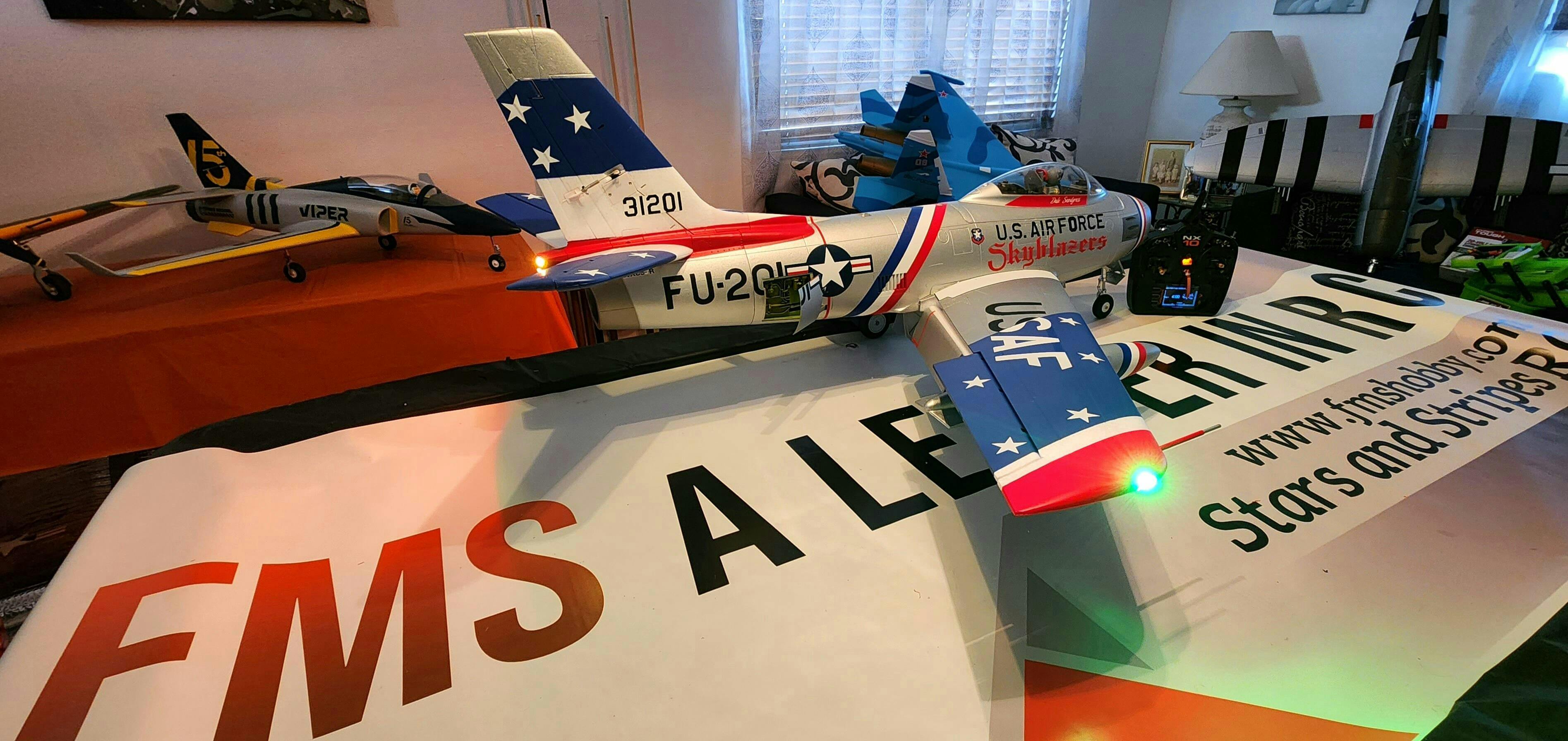Unlock the Sky: Discover the Best Indoor RC Airplanes That Will Take Your Breath Away!
Flying indoor RC airplanes has become a thrilling hobby for many enthusiasts, offering a unique blend of excitement and accessibility. Unlike outdoor flying, which can be hindered by weather conditions, indoor flying allows you to enjoy your passion regardless of what’s happening outside. With controlled environments, you can practice your flying skills, perform intricate maneuvers, and even compete with friends in the comfort of your own home or a designated indoor space.

The growing popularity of indoor RC airplanes is not just about the flying experience; it’s about community, craftsmanship, and creativity. From designing your own planes to learning the intricacies of flight dynamics, this hobby can be incredibly rewarding. Imagine zooming a tiny aircraft around your living room or participating in a friendly competition with fellow hobbyists at a local gym. The joy of piloting an aircraft through tight spaces and navigating obstacles is an experience that leaves many fans of the hobby eager to take to the skies, even indoors!
Understanding Indoor RC Airplane Features
When selecting an indoor RC airplane, it's essential to understand the features that make them specifically suited for indoor use. One of the primary considerations is size. Indoor airplanes are typically smaller, allowing them to navigate tighter spaces without risking damage. A lightweight design is also crucial; it helps maintain stability and control in confined environments. Materials used in construction are another significant factor: foam and plastic are common due to their durability and lightweight properties.
Another vital feature is the design of the airplane. Many indoor RC airplanes come equipped with larger wingspans relative to their body size, which aids in lift and stability. This design consideration is particularly important for beginners who may find it challenging to manage a less stable aircraft. Additionally, look for features that enhance ease of control, such as a low center of gravity and responsive controls. These elements contribute to a more enjoyable flying experience, allowing you to focus on mastering your skills rather than struggling with the plane.
Types of Indoor RC Airplanes
Indoor RC airplanes come in various types, each catering to different flying styles and skill levels. Slow flyers are among the most popular choices for beginners. They are designed to fly at lower speeds, which makes them easier to control and ideal for indoor environments. Their gentle flight characteristics allow new pilots to practice without the fear of crashing.
Micro drones are another exciting option. These compact aircraft can hover and maneuver in tight spaces, providing a unique flying experience. They often come equipped with advanced features like cameras for aerial photography, making them appealing for tech-savvy enthusiasts. Gliders, on the other hand, rely on thermal currents and are designed for longer flights, though they may be less suitable for smaller indoor spaces. Each type has its characteristics, so understanding your preferences and the space available for flying is key to making the right choice.
Tips for Choosing the Right Indoor RC Airplane
Choosing the right indoor RC airplane requires thoughtful consideration. First, assess your skill level. Beginners may want to start with a simple, ready-to-fly model that requires minimal assembly and is easy to control. If you're more experienced, you may enjoy building a kit or customizing your aircraft.
Next, consider your budget. Indoor RC airplanes can vary significantly in price, so it’s vital to find a model that offers good value without sacrificing quality. Look for features that enhance your flying experience, such as battery life and the availability of replacement parts. A plane with a longer battery life will allow for extended flying sessions, while easily obtainable parts can simplify repairs if accidents occur.
Safety Tips for Indoor Flying
Safety should always be a priority when flying indoor RC airplanes. Before you take off, choose an appropriate location with ample space free from obstructions. A large gym or a spacious living room is ideal. Make sure to clear the area of fragile items and ensure all spectators are at a safe distance.
Understanding the limitations of indoor flying is equally crucial. Indoor environments can restrict your plane’s mobility, so it's essential to remain attentive and practice patience while flying. Awareness of your surroundings and careful maneuvering will help prevent accidents and potential damage to both the aircraft and the space around you.
Final Thoughts on Indoor RC Airplanes
In summary, indoor RC airplanes offer an exciting avenue for hobbyists seeking to enjoy the thrill of flight regardless of outdoor conditions. With a better understanding of the features, types, and safety measures involved, you can make informed choices that enhance your flying experience. Whether you’re a beginner eager to learn or an experienced flyer wanting to refine your skills, engaging with indoor RC airplanes can be a rewarding pursuit. So, gather your friends, choose your aircraft wisely, and unlock the skies of indoor flying!














